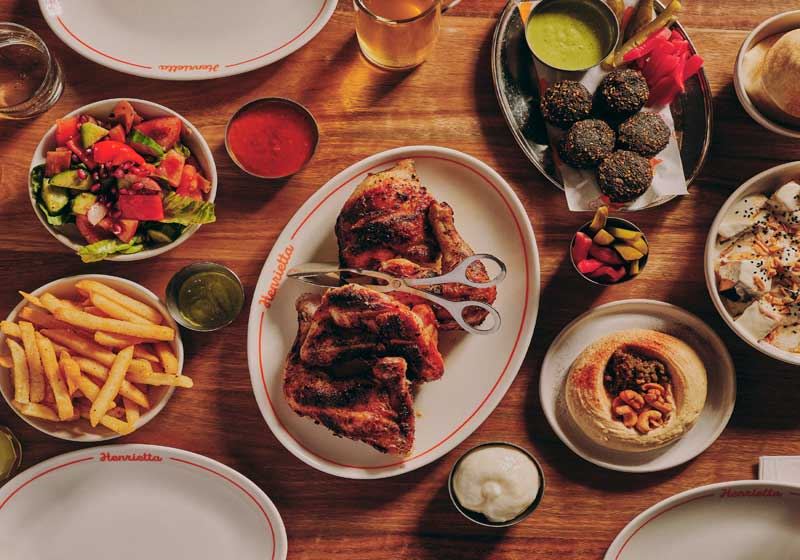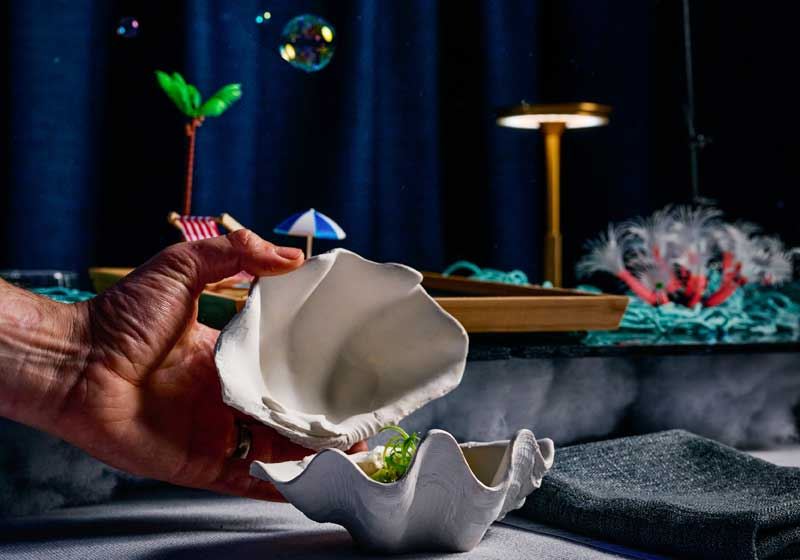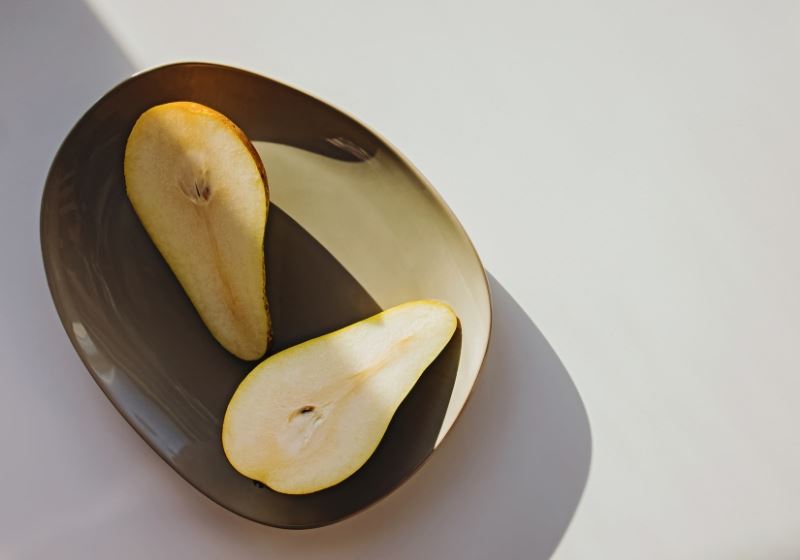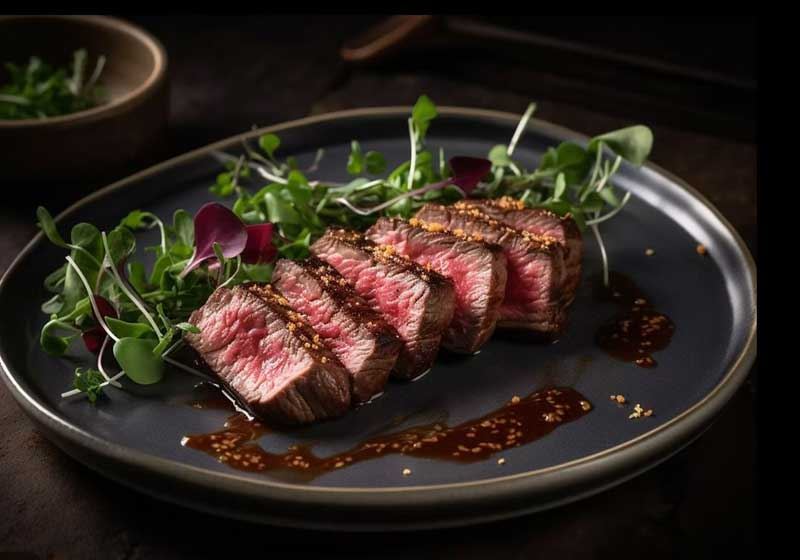By Leigh O’Connor.
For decades, the Mediterranean diet has reigned supreme as the gold standard of wholesome eating - olive oil glossing every plate, fish shimmering beneath a squeeze of lemon and garden vegetables dressed in sunlight.
Yet across the world’s vastest ocean, another food philosophy is rising, one born of salt spray, volcanic soil and the heartbeat of island life. The cuisine of the Pacific Islands - from Fiji and Samoa to Tahiti, Tonga and beyond - whispers a different kind of nourishment: one that feeds both body and spirit.
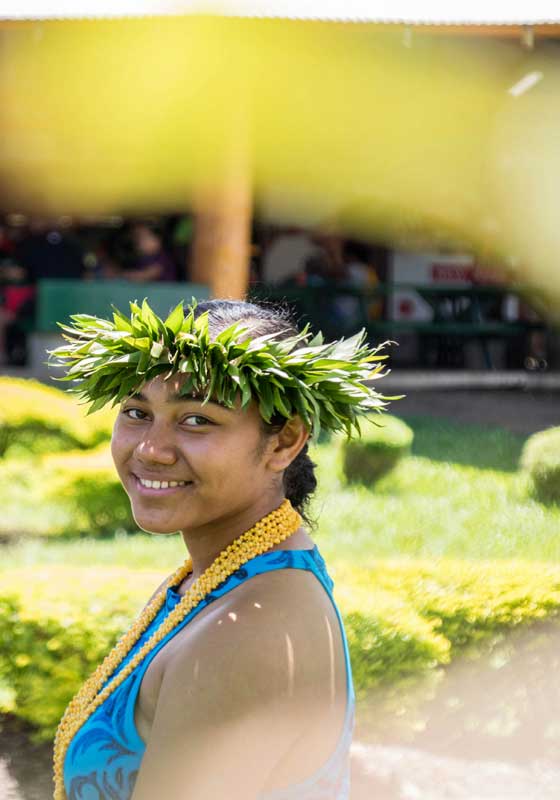
At its heart, Pacific cuisine is elemental. Freshly caught reef fish grilled over coconut husk fires. Root crops like taro, cassava and kumara - humble yet sustaining - steamed in underground earth ovens called lovo.
Sweet bursts of pawpaw and pineapple glistening under tropical suns. Coconut, the tree of life, lends its milk to curries, its flesh to desserts, its oil to almost everything. Here, food is not just fuel; it is ceremony, connection and continuity.
What sets this island fare apart is its purity. Before processed imports arrived, Pacific Islanders ate what they grew, gathered, or caught - diets high in fibre, low in sugar and abundant in minerals drawn from the sea and fertile volcanic soils.
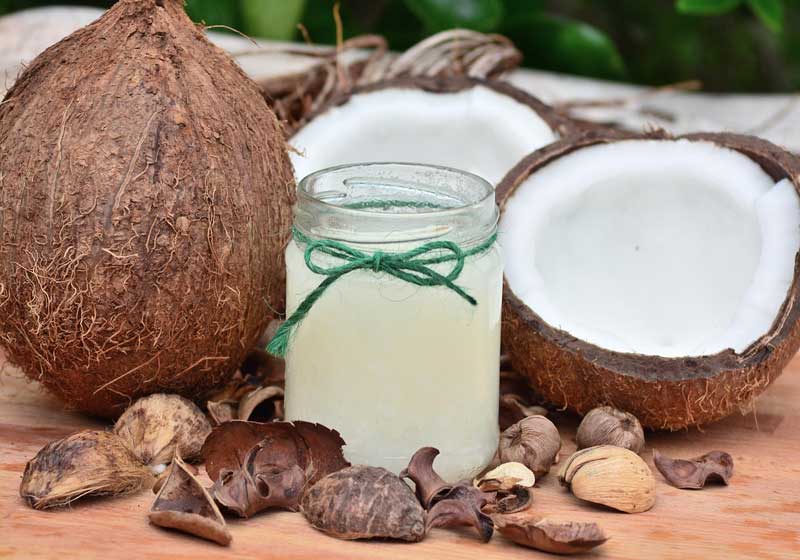
In many ways, it mirrors the Mediterranean ethos: eat locally, eat seasonally, eat together. Both traditions celebrate fresh produce, lean proteins and natural fats. Both are rooted in community - meals as moments of gathering rather than grazing.
Pacific cuisine brings something deeper - a sense of mana, the spiritual energy that flows through all things. A shared meal carries not only nutrients but ancestral wisdom. Every taro patch, every coconut palm, every fish net has a lineage, a story. To eat from the land and sea here is to partake in generations of respect for the environment - a sustainability born not from trend but tradition.
Modern nutritionists are beginning to notice. As the world grapples with the health costs of over-refined, ultra-processed diets, the Pacific’s ancient simplicity feels revolutionary. The gentle fats of coconut and avocado, the lean proteins of fish and shellfish, the abundance of leafy greens and tropical fruit - these form a diet naturally anti-inflammatory, rich in antioxidants and bursting with good cholesterol. It’s food that heals rather than harms, that soothes rather than spikes.
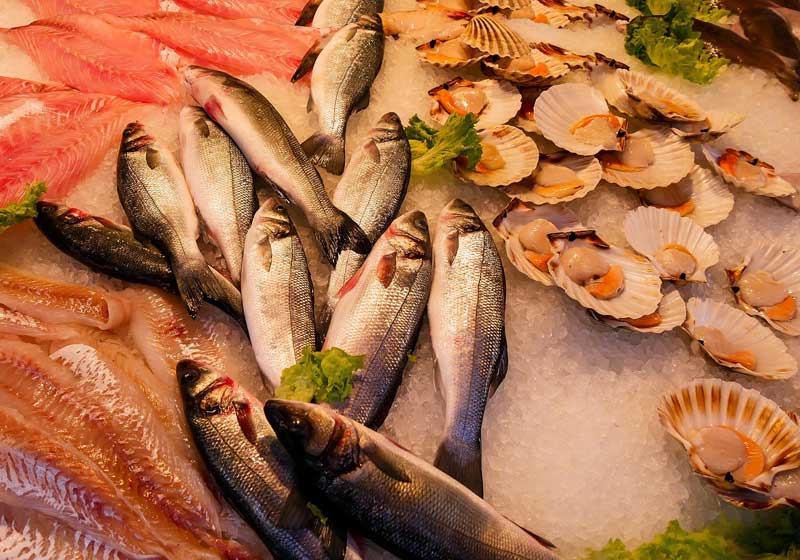
Perhaps, most beautifully, it invites a slower way of living. A meal on an island table is rarely rushed. The air hums with conversation, the horizon stretches wide and time loosens its grip. Where the Mediterranean celebrates the art of dolce vita, the Pacific offers its own rhythm - te moana ora, the living ocean, an unhurried pulse that reminds us of balance and belonging.
So, is Pacific Islands cuisine the new Mediterranean diet? Maybe not a replacement, but an evolution - a new chapter in humanity’s rediscovery of food as life. It’s not about imitation but inspiration: a call to return to the roots, to taste the world as it was meant to be - fresh, simple, alive with the spirit of the sea.


